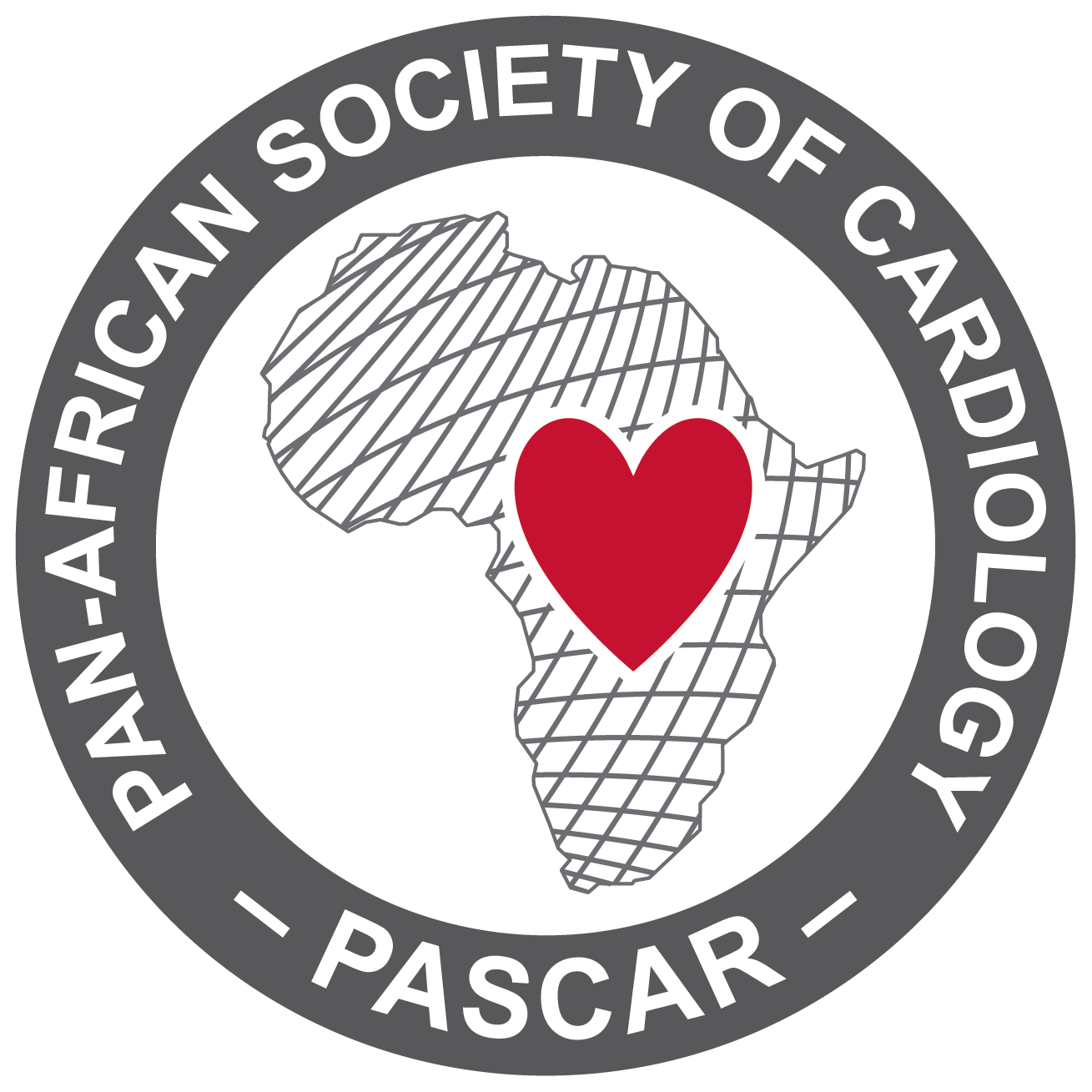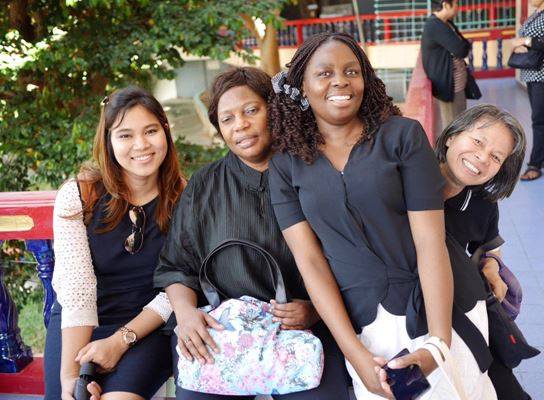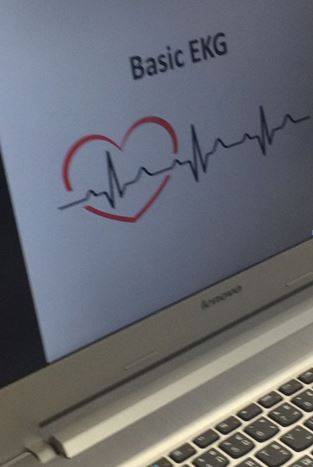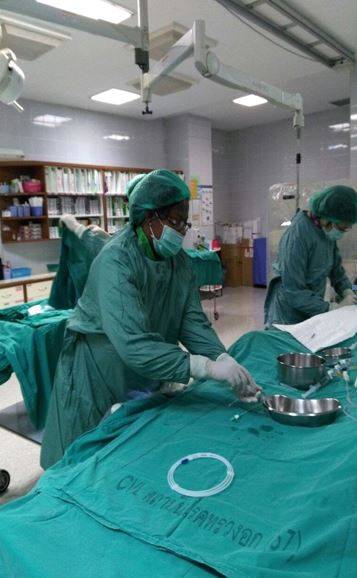Advanced Cardiovascular Nursing Programme, Central Chest Institute Thailand
Introduction
On the first day at Central Chest Institute in Cardiac Catheterization Laboratory, we were welcomed by the senior registered nurse. We watched a video explaining the history of the Hospital and we were also shown the Map of Thailand. We then want for a Hospital tour. Cardiac Catheterization team in Thailand consists of cardiology doctors, Registered nurses and technologists.
Organizer of the training
PASCAR organized the program, which involve receiving advanced training in the cardiology department for the period of 4 weeks. The training took place at the cardiac catheterization laboratory, where we were scheduled to observe number of complex PCI procedures including; CTOS, Rotablation procedures, Intravascular Ultrasound, Left main PCI, etc.
Course Objectives
The course main objective was to equip participants with the knowledge. The following procedures we observed and understood well; Percutaneos transluminal coronary angiolopasty, my focus was on basic and complex PCI. I have observed, chronic total occulusions, is a complete blockage of a coronery artery, which is described as ≥ 99% stenosed. CTO has the duration of more than 3 month to become chronic.
Rotablation for coronary artery stenosis
Coronary artery stenosis can occur as a result of a normal aging process in patients with exposure to a number of different risk factors. This process is accompanied by a large amount of calcified deposit building up inside the vessel walls, treatment is made easier and less risks if these calcified deposits are first removed by using a tiny drill powered by compressed air which removes calcified deposits.
Rotablation is usually followed by balloon, angioplasty and implantation of more stents procedure which takes 3-4 hours.
Intravascular ultrasound (IVUS) is a combination of echocardiography and a procedure called cardiac catheterization. IVUS uses sound waves to produces and image of coronary artery and see their condition. The cardiologist will see inside the coronary artery which will reveal information on deciding the size of the stent or even referring the patient for surgery.
Fractional flow resource [FFR] measures Blood pressure and flow through the lesion which can be seen clearly on the monitor screen in the cathlab. The measurement involves determining the ratio between the maximum achievable blood flow in deceased coronary artery and theoretical maximum flow in a normal artery. FFR is measured during coronary angiogram by using a pressure wire by administering intracoronary adenosine and it measures the distal and proximal pressure to determine if a stent is required or the patient will be sent for surgery.
Health education
Health education is geared on promoting heath and preventing diseases, in cathlab is a tool used to educate patients and their families about how diet and exercise can contribute to a healthy lifestyle. It encourages a positive change in behaviors and lowers the risk of smoking, alcohol and unsafe sexual practice.
Management of cardiac emergencies
Cardiovascular emergencies are life threatening cases that need to be recognized immediately to avoid further complications.
A patient will present with severe hypertension, chest pain and cardiopulmonary arrest. On arrival patient will be connected to cardiac monitor, for continuously monitoring and pain killers will be administered, ECG, vital signs will be recorded continuously to assess the general condition of the patient. If a patient comes after working hours the on call team will be informed and the patient will be done coronary angiogram within 90 minutes. The protocol for management of cardiac emergencies will be followed. Crash trolley at hand as per guidelines, blood sample to be taken and sent to the laboratory. The patient is to have oxygen when saturation is low.
The fundamentals of ECG interpretations and management of Arrhythmias
ECG interpretation was made very easy to understand. I personally have spent many hours looking at 12 lead ECG tracings. Knowing the best parts of ECG tracing gave a good foundation for me. The different waves, complexes and intervals we easy to learn; how many seconds in full ECG tracing, how much time does big and each little box represented. How to calculate heart rate on ECG:
Pharmacological implications for patients with altered cardiovascular functions.
Initial doses of many drugs needs to be reduced in patients with circulatory failure to prevent cardiac toxicity for example; patient with kidney failure were receiving less strong contrast. Propofol is not be given to patients with poor left ventricular function because it worsen the condition,
Haemodynamic and cardiovascular monitoring
It provides information about the functions of cardiovascular systems. It is used for diagnoses and treatments of the patients. This can be achieved by invasive and non-invasive.
Non-invasive monitoring does not require any device to insert into the body for example; blood pressure reading, pulse, temperature and heart rate.
Invasive monitoring is achieved by the insertion of arterial or pulmonary catheter into the heart of the patient to monitor accurate arterial blood pressure, ECG and pressures. Access to blood sample is studied immediately to provide hemodynamic results.
Infection control principles and practices in the Central Chest Institute
Hand hygiene is a big weapon in fighting infections. It is the most practiced tool in preventing the spread of hospital acquired infection between patients. Segregation of waste materials was practiced well.
Thank you to Boston Scientific for their unconditional education grant.




